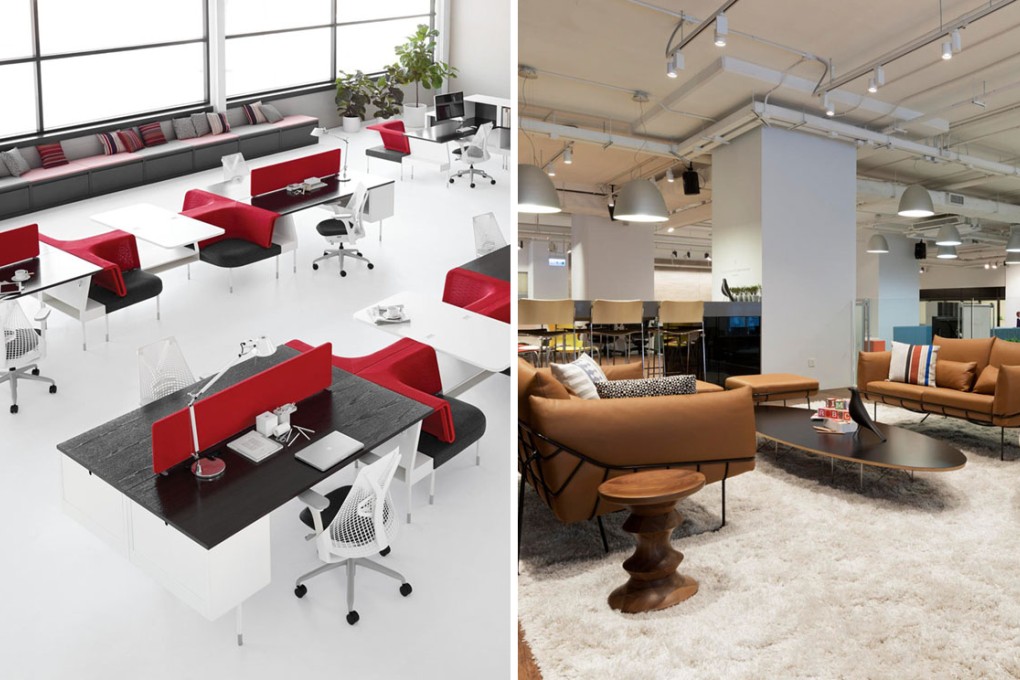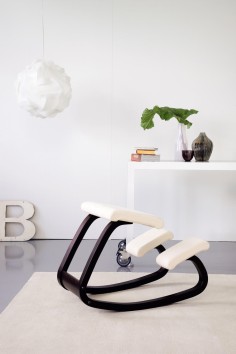Living Office concept for the new species of worker
Herman Miller reconfigures office layout into 10 dedicated spaces to match different types of work behaviour, be it in groups or individually

Are you standing comfortably? Or kneeling? Or sitting? Are you dividing and conquering, chatting, conversing, co-creating, huddling, warming up or cooling down?
If so, you may be working in one version of the salt mines of the future, because the latest research into office landscapes is bringing new rules to the game of workplace musical chairs.
In 1904, long before the evolution of Cubicle Man, American engineer Frederick Taylor inflicted Taylorism on ranks of human battery hens, whom he installed in sometimes cavernous open offices. As decades passed, the landscape incorporated pinwheel layouts, dividers, moveable walls and the infernal cubicle, the credit for which is partly due to Herman Miller's manufacturing of the first modular business furniture line, Action Office, in 1968.
But the company's studies now indicate that rather than such standardisation, diversification within office layouts could ensure future generations of workers remain optimally productive.

In the company's findings, those modes encompass "chat", "converse", "co-create", "huddle", "divide and conquer", "show and tell" and "warm up, cool down" when tasks are performed with colleagues. Work tackled alone is labelled "process and respond", "contemplate" or "create".
"As we move from an era of industry into an era of ideas, the need for people to work together increases," says Hocking. "They need collaborative spaces, but workstations in serried ranks don't do it. We're finding that spaces are changing [because] work isn't done just sitting at a desk. Work gets done as you bump into each other in corridors. Change is accelerating and is driven by technology, the miniaturisation of which has enabled mobility, so setting an office out to allow for those encounters is really what we're doing."
